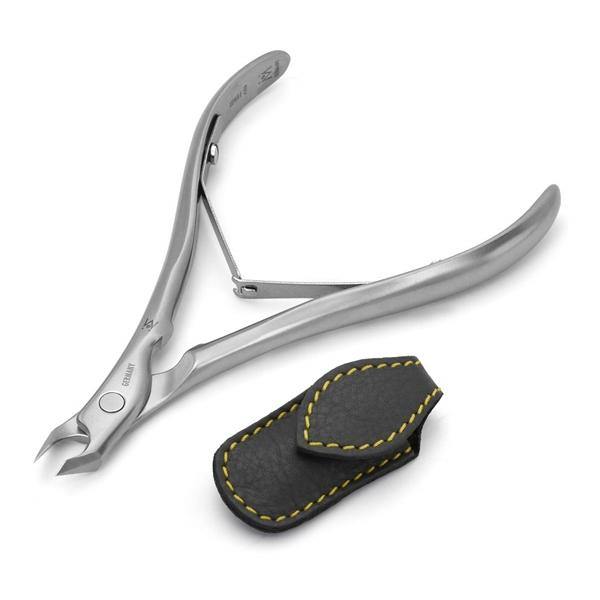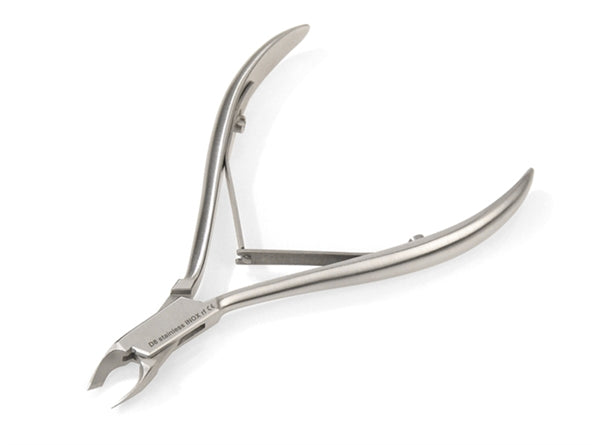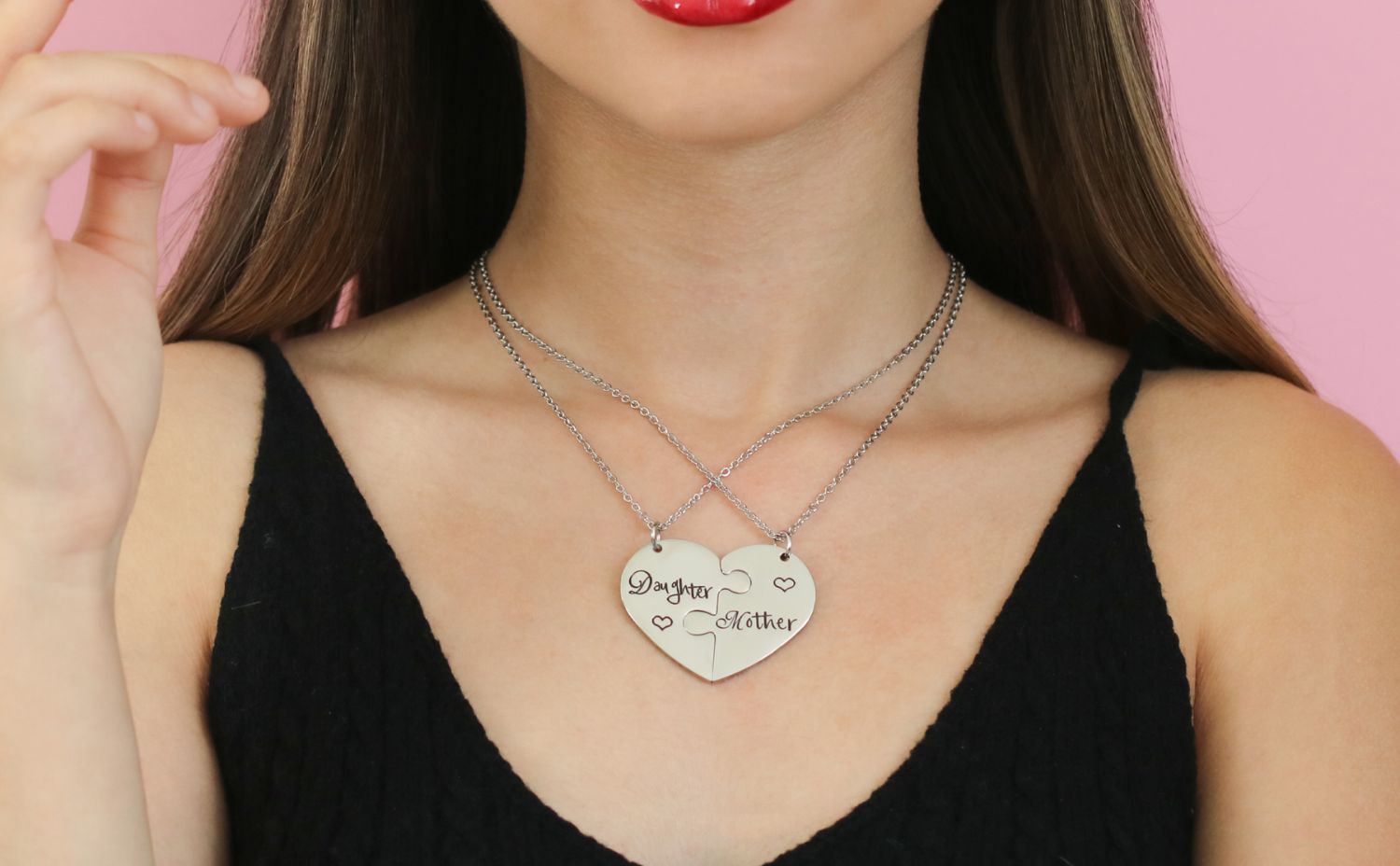Maintaining well-groomed nails is essential for both hygiene and aesthetics. Among the tools in your manicure kit, the cuticle cutter stands out as a vital instrument for achieving a polished look. However, using a cuticle cutter effectively requires more than just snipping away at the excess skin. Proper technique, along with awareness of common mistakes, can make the difference between a professional-looking manicure and potential nail damage. In this guide, we’ll explore how to use a cuticle cutter effectively while avoiding common pitfalls.
Understanding the Role of a Cuticle Cutter
Before diving into the techniques, it’s essential to understand what a cuticle cutter is and why it’s used. The cuticle is the thin layer of skin at the base of your nails that protects new nail growth from bacteria and infection. Overgrown cuticles can make your nails look unkempt and can interfere with nail polish application. A cuticle cutter is designed to trim away this excess skin, helping to maintain a clean and healthy nail bed.

Choosing the Right Cuticle Cutter
The first step to effective cuticle care is selecting the right tool. Not all cuticle cutters are created equal. Here are some tips for choosing a high-quality cuticle cutter:
Sharp Blades: Ensure the cutter has sharp, precise blades to avoid tearing the skin.
Comfortable Grip: Look for ergonomic handles that provide a comfortable and secure grip.
Durability: Stainless steel cuticle cutters are often the best choice due to their durability and ease of cleaning.
While assembling your nail care kit, don’t forget to pair your cuticle cutter with the best nail clippers to keep your nails uniformly shaped and free of snags.
Preparing Your Nails and Cuticles
Preparation is key to using a cuticle cutter effectively. Follow these steps to get your nails ready:
Soak Your Hands: Soaking your hands in warm, soapy water for 5-10 minutes softens the cuticles and makes them easier to trim.
Push Back the Cuticles: Use a cuticle pusher to gently push back the cuticles. This step helps you see the excess skin that needs trimming.
Dry Your Hands: Ensure your hands are completely dry before you start cutting to avoid slipping and accidental cuts.
Using the Cuticle Cutter
With your nails prepared, it’s time to use the cuticle cutter. Here’s how to do it effectively:
Hold the Cutter Properly: Grip the cuticle cutter firmly with your dominant hand. Ensure the blades are aligned with the cuticle you plan to trim.
Trim Sparingly: Only trim the dead, excess skin. Cutting too deeply can cause pain and increase the risk of infection. Small, precise cuts are better than large snips.
Follow the Curve: Move the cuticle cutter along the natural curve of your nail bed. This ensures an even and neat trim.

Common Mistakes to Avoid
Even with the best intentions, mistakes can happen. Here are some common pitfalls to watch out for:
1. Cutting Too Much
One of the most common mistakes is cutting too much of the cuticle. This can lead to bleeding, pain, and infection. Remember, less is more. Only trim the excess, dead skin.
2. Not Sterilizing Tools
Using unsterilized tools can introduce bacteria into your nail bed, leading to infections. Always sterilize your cuticle cutter and other nail tools before and after each use. This is particularly important for the best nail clippers as well, which should also be kept clean to maintain overall nail health.
3. Ignoring Moisturization
Cuticle care doesn’t end with trimming. Failing to moisturize your cuticles can lead to dryness and cracking. Apply a nourishing cuticle oil or hand cream after trimming to keep the skin hydrated and healthy.
4. Using Dull Blades
Using a dull cuticle cutter can cause the skin to tear rather than cut cleanly, leading to uneven edges and potential injury. Regularly check the sharpness of your cuticle cutter and replace it when necessary.
5. Skipping Regular Maintenance
Infrequent trimming can lead to overgrown cuticles, making the trimming process more challenging and increasing the risk of mistakes. Regular maintenance keeps your cuticles manageable and your nails looking neat.
Post-Trimming Care
After you’ve trimmed your cuticles, it’s important to follow up with proper care to maintain nail health:
Moisturize: Apply a cuticle oil or a rich hand cream to keep your cuticles soft and hydrated.
Avoid Harsh Chemicals: Limit exposure to harsh chemicals like cleaning agents that can dry out your cuticles. Wear gloves when necessary.
Monitor for Infections: Keep an eye on your cuticles for signs of infection, such as redness, swelling, or pain. If you notice any of these signs, consult a healthcare professional.
Conclusion
Using a cuticle cutter effectively is an essential skill for maintaining beautiful, healthy nails. By selecting the right tools, preparing your nails properly, and avoiding common mistakes, you can achieve salon-quality results at home. Remember to pair your cuticle cutter with the best nail clippers for a complete nail care routine. With these tips, you’ll be well on your way to mastering the art of cuticle care, ensuring your nails always look their best.



